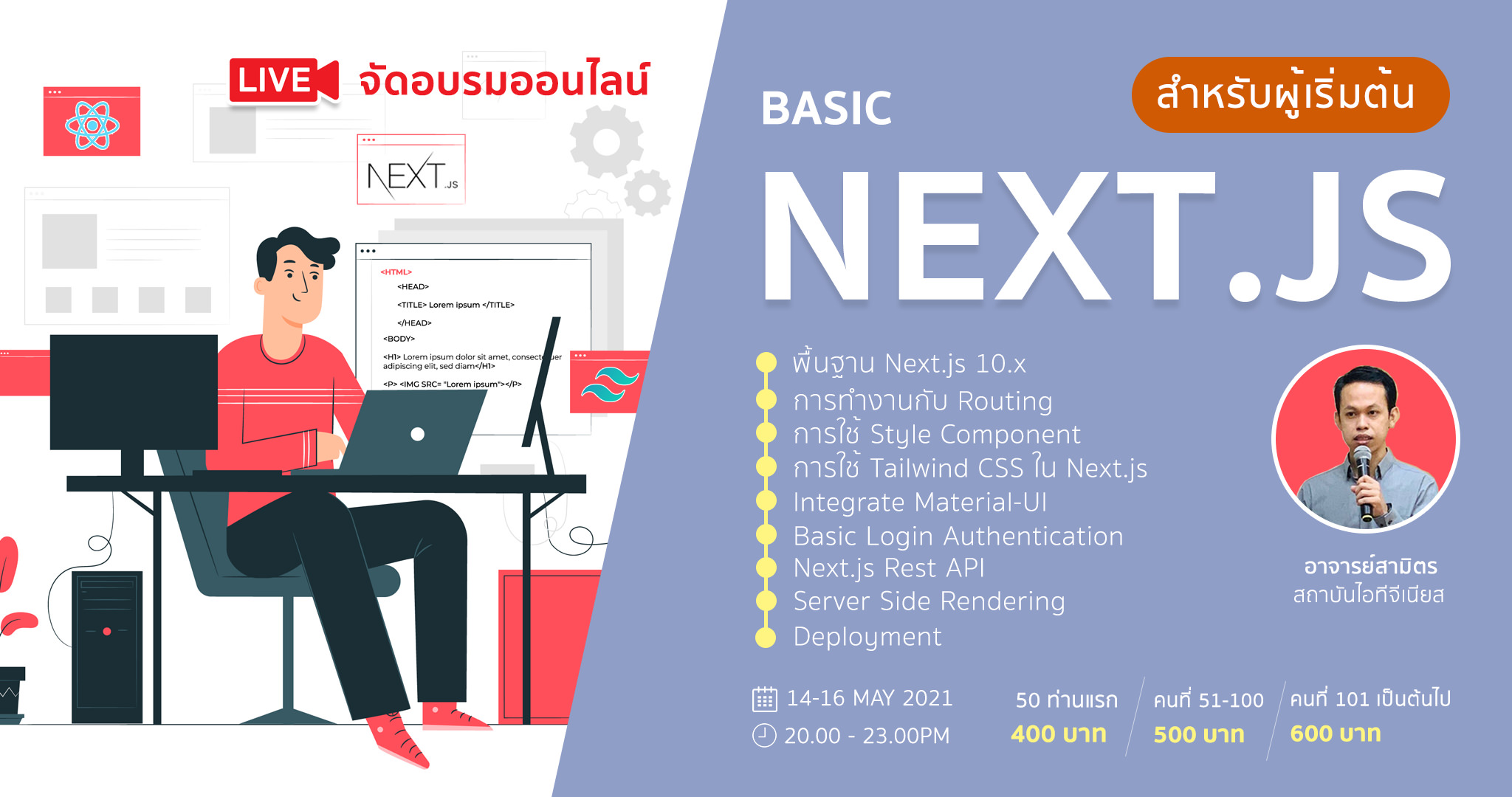
NestJS aims to provide a certain level of abstraction mechanism to the developers so that not only the common server-side frameworks like Fastify or Express that are integrated internally, but can also be exposed to the APIs chosen by the developer. It can also be optionally configured to make use of Fastify as well although Express is considered as default. To be precise, NestJS makes use of heavy usage of the server-side framework like Express under the hood of robust HTTP infrastructure. You might not know certain aspects that work as the basic building blocks of NestJS. Since NestJS is a full TypeScript supported framework, it can enable developers like you to code purely in JavaScript and would let you combine the concepts of Object-Oriented Programming(OOP), Functional Reactive Programming(FRP), and purely Functional Programming(FP). It also can be scaled to make use of Express.js under the influence of Node.js. The framework is channeled with the Node.js environment and supports TypeScript fully. NestJS is quite a popular and cumulative JavaScript framework functioning under the hood of Node.js and is used to construct scalable, reliable, and efficient server-side applications. You would be learning about it from a beginner level covering all the tiny staircases that will push you into installation, creating a new application from NestJS from scratch, and learn how to handle and implement in the day-to-day scenarios.

This tutorial is solely intended to make you gain absolute knowledge of NestJS.


 0 kommentar(er)
0 kommentar(er)
